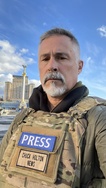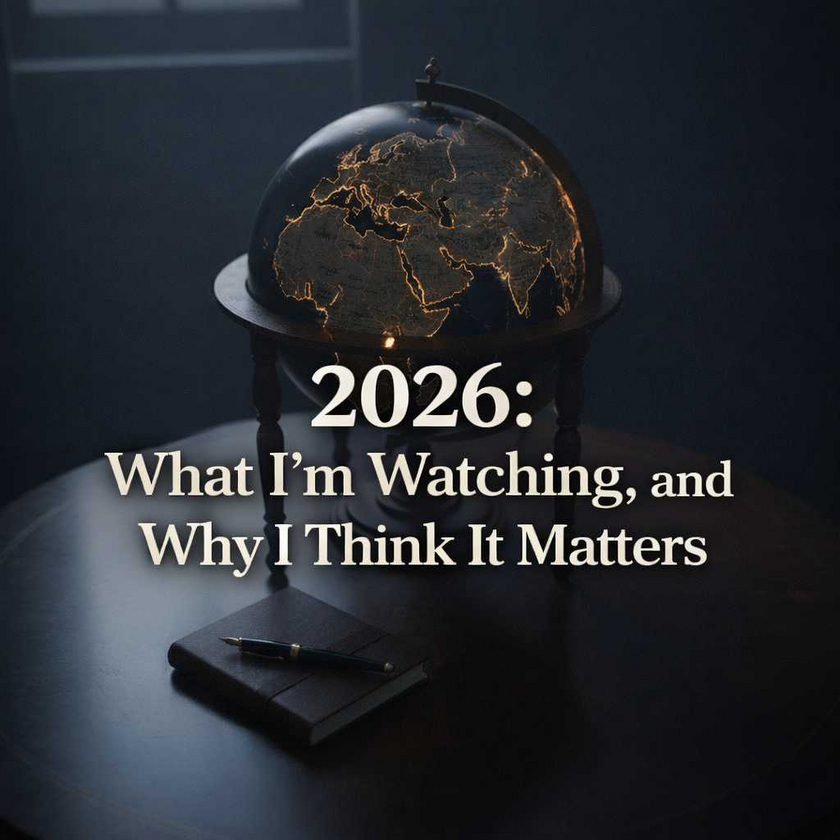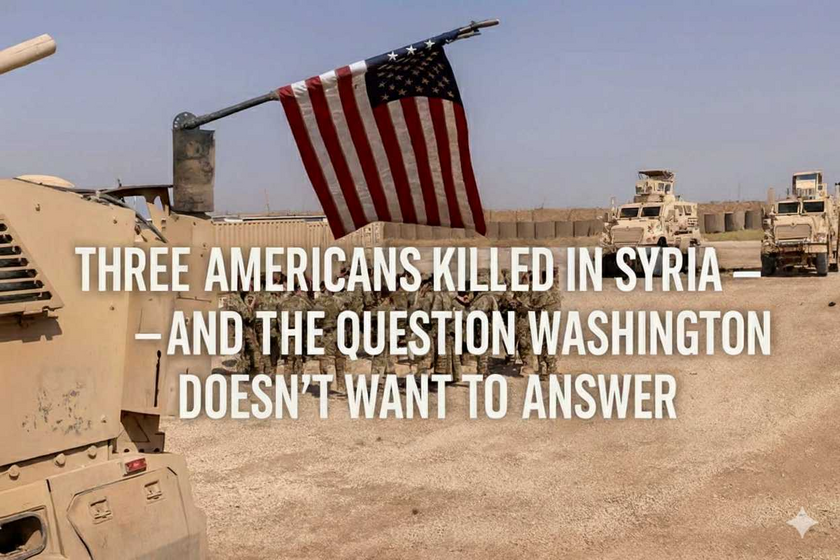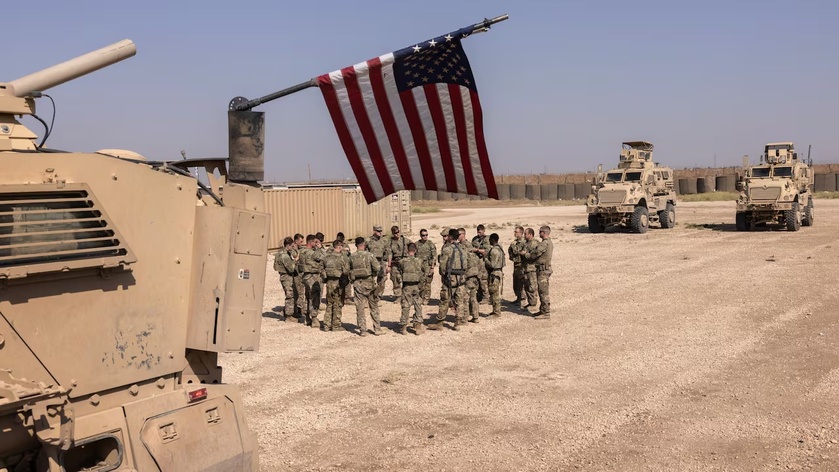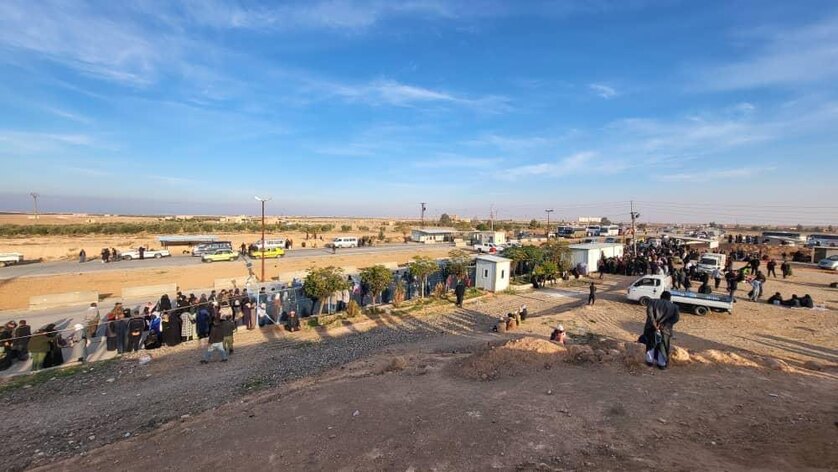
Syria’s long-running conflict has taken a dramatic turn. In a stunning offensive, extremist Islamist groups led by Hay'at Tahrir al-Sham (HTS) have seized significant territory, including the strategic Nayrab military airport near Aleppo. This marks the largest opposition gains in years, with territory now under their control surpassing the size of Lebanon.
A Rapid Advance
HTS, a former al-Qaeda affiliate, capitalized on Assad’s overstretched forces, sweeping through northern Syria in record time. Their gains reflect cracks in Assad’s regime as his key allies—Russia, Iran, and Hezbollah—grapple with other crises. Iran has responded by sending reinforcements from Iraqi militias, including Kata'ib Hezbollah and Fatemiyoun, to bolster Assad’s forces on the northern front lines.
Why Now?
Three factors triggered the offensive:
- Assad’s Airstrikes: Recent intensified bombings on opposition-held areas provoked retaliation.
- Israeli Strikes: Months of Israeli airstrikes weakened Assad’s forces and infrastructure.
- Allied Fatigue: Russia’s focus on Ukraine, Hezbollah’s troubles in Lebanon, and Iran’s struggles left Assad vulnerable.
What It Means for the Region
The chaos reverberates beyond Syria’s borders. Iran’s deployment of militias underscores its commitment to propping up Assad, but it also risks increasing tensions with Israel. With Iranian-backed fighters now active near the Golan Heights, Israel may step up its strikes on supply lines and militias, potentially dragging the region into further instability.
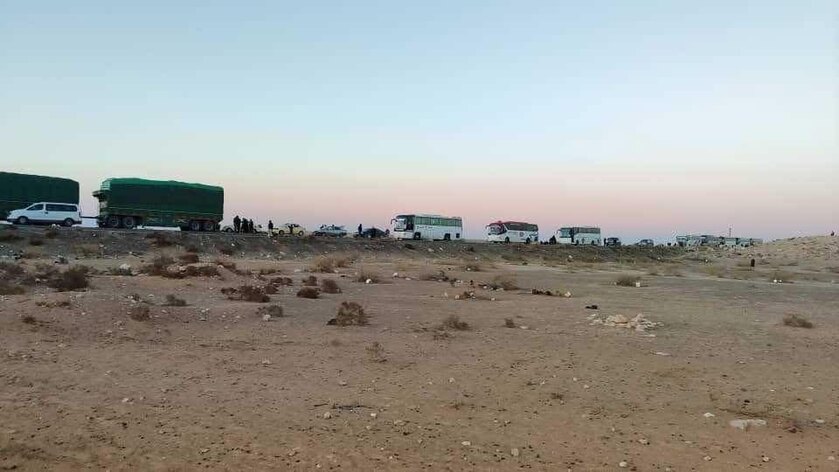
What It Means for Israel
The chaos near Israel’s border raises concerns over Iran’s supply routes to Hezbollah, which could disrupt the regional balance of power. Israel may face increased threats if opposition groups like HTS gain control of strategic areas—or if Iran redoubles efforts to bolster Assad.
Winners and Losers
Winner: Turkey. By leveraging its influence over some opposition groups, Ankara is deepening its reach into Syrian territory, enhancing its leverage against Assad and regional players.
Loser: Putin. Stretched thin across multiple conflicts, Russia may struggle to prioritize Assad, leaving him more isolated.

Turkey’s Ambitions: A Broader Agenda
Adding to the instability is a concerning map circulating on Turkish social media, outlining Turkey's ambitions to control Kurdish regions across Syria, Iraq, and even Armenia. Dubbed the "Turkish National Covenant," this vision extends Turkey’s reach to include Aleppo, Mosul, Kirkuk, and parts of Armenia, hinting at a much larger geopolitical strategy.
While Turkey has long sought to suppress Kurdish autonomy, this expansionist rhetoric revives painful memories for Armenia, a tiny Christian nation already reeling from past Turkish aggression. Most notably, the 2020 Nagorno-Karabakh war saw Turkey backing Azerbaijan in a devastating conflict that forced Armenians from their historic lands. These actions are a modern echo of Turkey’s earlier role in the Armenian Genocide of 1915, when 1.5 million Armenians were systematically killed or displaced.
The shifting battle lines in Syria reflect a fragile and volatile balance, with consequences likely to ripple across the Middle East. As Assad struggles to regain control, the involvement of regional powers ensures that this conflict remains anything but contained.
